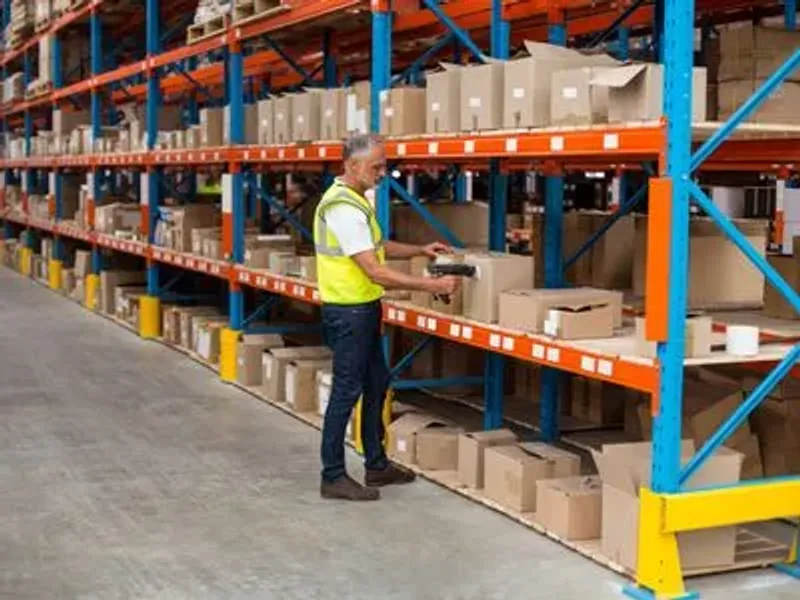Information Technology

Different Types of Order Provision
In paper-based systems, the order information is provided on a pick list. This is structured, for example, according to the routes or picking areas. The use of pick lists is particularly suitable for orders with a small number of items. For paperless processes, several different systems can be identified. There are stationary and mobile terminals that can be used. Stationary terminals are used especially at central picking points and display the picking information on permanently installed monitors. With mobile terminals, on the other hand, the picker receives the picking information e.g. online via radio or smart watches, offline with the help of docking stations, visually via LCD displays or acoustically. The use of these methods does not interrupt the natural flow of work and is usually a supplement or extension of classic systems. With pick-by-vision, for example, the pick list is visualised and can thus increase the speed and quality of picking. Looking at the cost and performance factor, it can be stated that the use of pick lists is cost-effective, but at the same time also enables a lower performance. Both costs and performance increase with the use of mobile/stationary terminals via pick-by-voice to pick-by-vision.

Preparation of the Order Data for the Picking Order
Once the customer orders have been entered, this order data must then be prepared so that a picking order can take place. As soon as this is done, the information can be passed on to the picker and picking can begin. On the one hand, information about the type and quantity is crucial here, as well as the place of provision. In addition, there are various other data that make it possible to achieve a higher picking performance, such as information about the route, missing quantities or customer details. When organising processes, there are various ways to pass this information on to the picker. If automatic picking systems are used, a specialised control system is required in any case, which is precisely adapted to the system. Two of the most common methods of transmitting information in order-picker guidance are the paper-based or paper-bound methods and the paperless methods. In paper-based information transmission, so-called pick lists are used. For paperless procedures, a distinction is made between stationary and mobile terminals, pick-by-light, put-to-light and pick-by-voice. It is also clear that the integration of technical approaches and the automation of picking processes is continuing to progress. For example, there are already approaches that work with augmented reality or use smart watches.